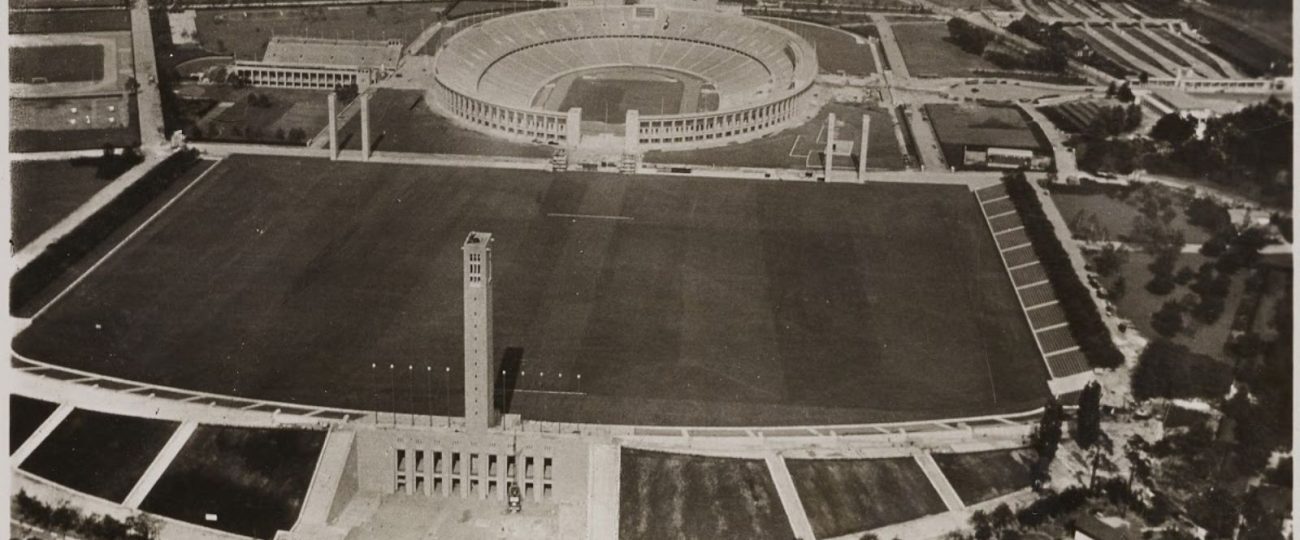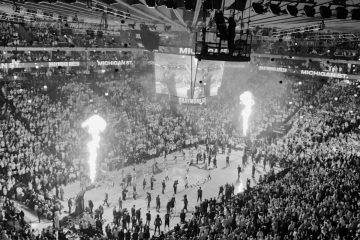What Happened On August 1st?
On August 1, 1936, Adolf Hitler opened the XI Summer Olympics in Berlin. Held at the Reichssportfeld, this event combined sports and politics, which showcased Nazi Germany’s power and unity.
Hitler arrived at the stadium in a grand spectacle. His motorcade entered the Reichssportfeld, greeted by saluting crowds and military bands. He took his place in the Führer’s box as 110,000 spectators filled the stadium, while thousands more gathered outside. The ceremony began with the Olympic flag raising and the Olympic hymn by Richard Strauss. Athletes from 49 nations paraded under their national flags. The German team gave the Nazi salute as they passed the Führer’s box, creating a politically charged atmosphere.
Then, he said, “I proclaim open the Olympic Games of Berlin, celebrating the XIth Olympiad of the modern era.”
The lighting of the Olympic flame climaxed the ceremony. The torch relay, which started in Olympia, Greece, traveled over 3,000 kilometers through seven countries before arriving in Berlin. Fritz Schilgen, chosen for his Aryan appearance, ignited the cauldron, promoting the idea of a pure Aryan race spreading from ancient Greece to Nazi Germany.
The Berlin Olympics were the first to be broadcast live on television, reaching public viewing rooms across Berlin and Potsdam. This allowed the Nazi regime to project its image globally. Leni Riefenstahl filmed the Games, creating the documentary “Olympia,” a cinematic work despite its propagandistic content.
The Reichssportfeld featured advanced facilities. The main Olympic Stadium, multiple sports fields, and the Olympic Village impressed the international community and the German public. The Olympic Stadium, with its imposing stone structure and vast capacity, symbolized the Third Reich’s strength.
The stadium also featured swastikas, prominently displayed to remind spectators of the regime’s ideology. The field included sculptures by Arno Breker, depicting idealized Aryan athletes, which further reinforced Nazi ideals.
The Olympian Stage
The Olympic Village, located in Elstal near Berlin, housed all athletes in one place for the first time. It had modern amenities, including a dining hall and a hospital with advanced medical equipment. This setup promoted camaraderie among athletes while allowing the regime to control and monitor their activities.

The Village also included a large swimming pool, which was a rarity at the time. This facility aimed to promote physical fitness and hygiene, aligning with the regime’s emphasis on a healthy, vigorous populace.
The Games also introduced the first-ever Olympic torch relay, a concept invented by Carl Diem, the chief organizer. This relay became a powerful symbol, linking ancient Greek traditions with Nazi propaganda. The torch traveled through Bulgaria, Yugoslavia, Hungary, Austria, and Czechoslovakia, with each country presenting it as a gesture of goodwill, despite underlying political tensions.
Gold & Irony
Nazi ideals dominated the Games, but they also revealed the regime’s contradictions. African-American athlete Jesse Owens won four gold medals, shattering Hitler’s vision of Aryan supremacy. Owens triumphed in the 100 meters, 200 meters, long jump, and 4×100 meter relay.
The Nazi regime initially downplayed Owens’s achievements in the press. However, his victories were undeniable, and German spectators cheered for him, revealing the tension between propaganda and genuine admiration for athletic excellence.
Another notable moment occurred with Sohn Kee-chung, a Korean athlete competing for Japan, who won the marathon. Sohn had been forced to adopt a Japanese name, Kitei Son, due to Japan’s occupation of Korea. His victory highlighted the complex political realities of the time.
Hitler used the Olympics to further his racial theories, but some of the most memorable moments countered his ideology. Owens’s triumph was not the only instance; Hungarian-Jew Ibolya Csák won gold in the women’s high jump, defying the anti-Semitic policies of the Nazi regime.
Behind the Olympic Veil
The grandeur of the Games concealed the Nazi regime’s oppressive policies. Jewish athletes were barred from the German team, and other nations faced pressure to exclude their Jewish competitors. Despite international protests, only a few countries, such as Spain, boycotted the Games.
The German government issued special commemorative stamps for the Olympics. These stamps, featuring the Olympic rings and various athletic motifs, served as both souvenirs and tools of propaganda.
The Berlin Olympics also introduced the Olympic Bell, inscribed with the Olympic rings and the German eagle. The bell, weighing over 14 tons, marked the opening and closing of the Games. It later symbolized the resilience of the German people during World War II.
The Olympic torch, designed by sculptor Walter Lemcke, featured a magnesium alloy that burned brighter and longer than previous torches. This design ensured the flame remained lit throughout its journey, symbolizing the endurance of the Olympic spirit.
The Eternal Flame
The regime also placed great emphasis on the aesthetics of athletes. German officials encouraged competitors to train in ways that would enhance their physical appearance, aligning with Nazi ideals of beauty and strength. This focus on physical perfection extended beyond performance, influencing the broader culture of the time.
The XI Summer Olympics in Berlin showcased Nazi ideology, revealing the regime’s desire for international recognition and its use of sports for political propaganda. The achievements of athletes like Jesse Owens and Sohn Kee-chung demonstrated the power of individual excellence against a backdrop of oppression.





